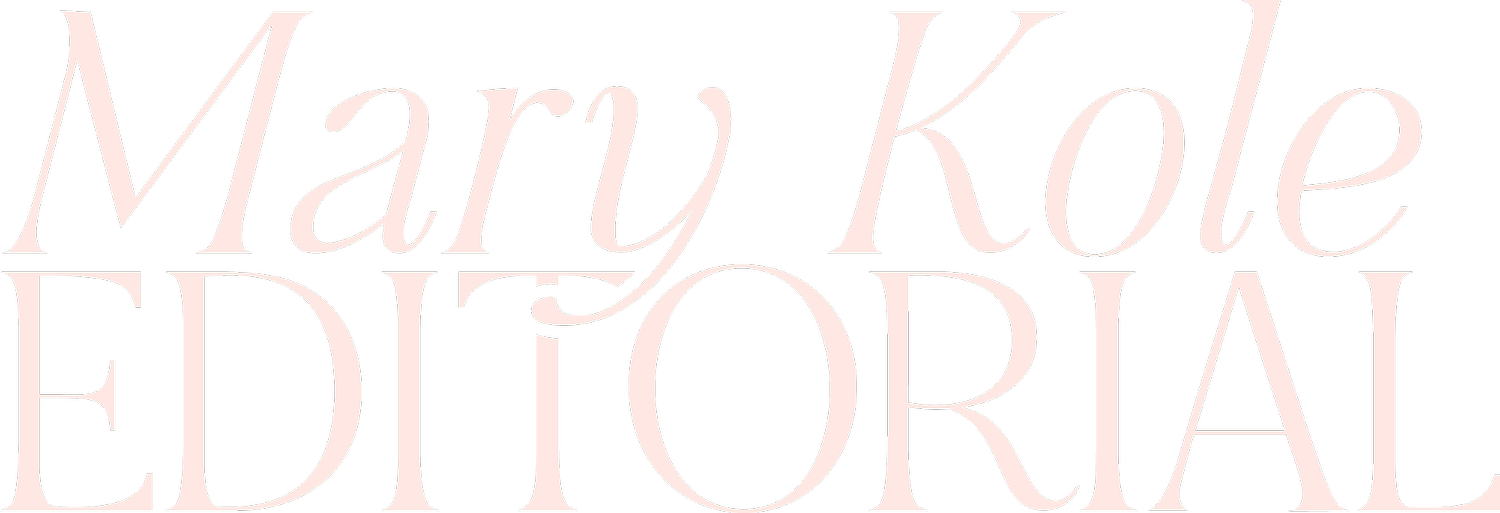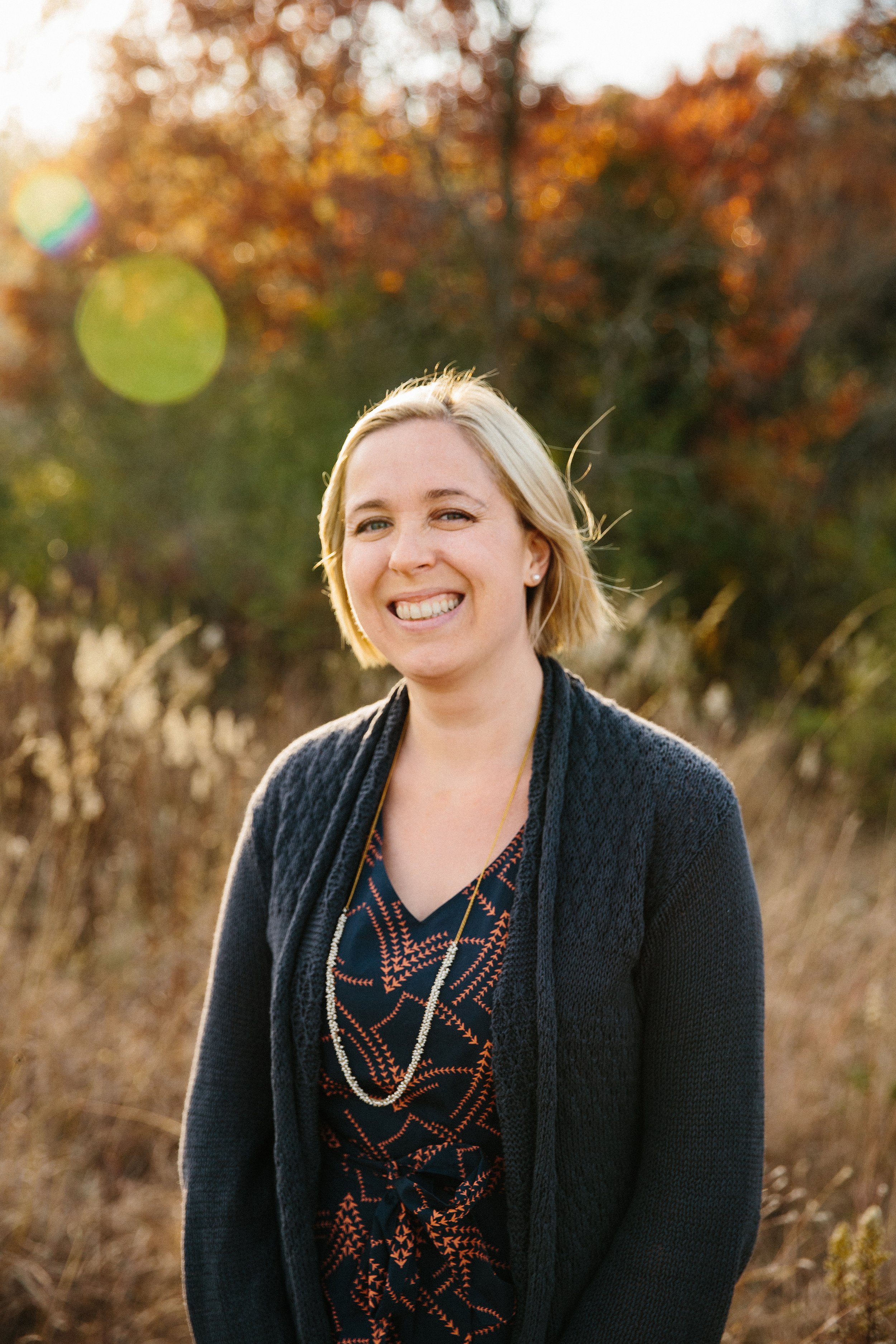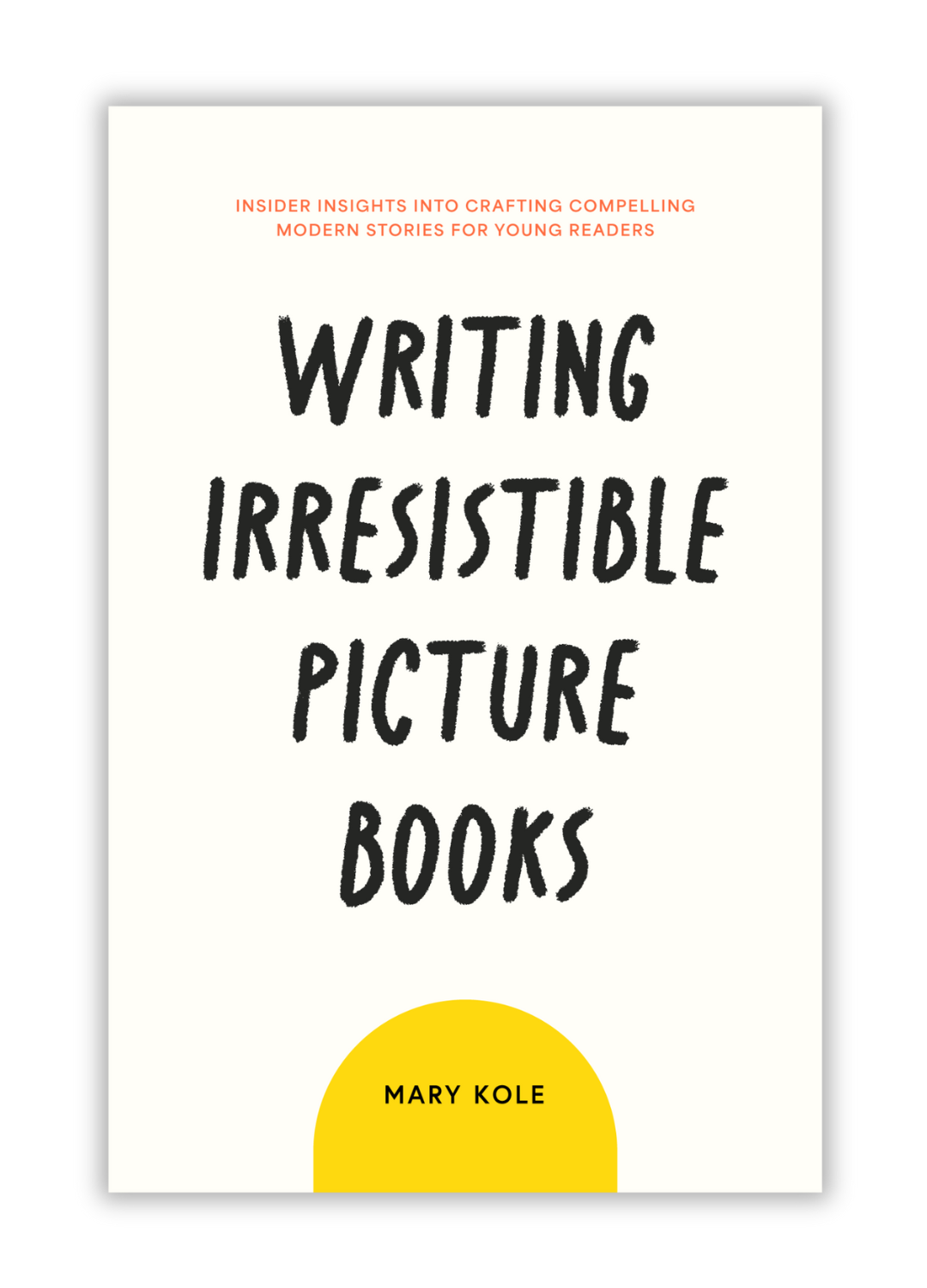Picture Book Story Structure
By Mary Kole
Mary Kole is a former literary agent, freelance editor, writing teacher, author of Writing Irresistible Kidlit, and IP developer for major publishers, with over a decade in the publishing industry.
Picture books are a treasure and an art form that we often overlook unless we have small children or grandchildren, or are called to teach. They are a perfect combination of art and storytelling, and the magic of a good picture book story can be felt by readers of all ages. As an aspiring writer, you may have found yourself drawn to this format, but you might not be sure how to write a picture book. In this article, I’ll cover everything you need to know about how to write a picture book, from the parameters for writing a picture book, the picture book age range, story page count and picture book word count, special considerations, and much more. So, get your pen and paper ready, and let's dive in.
How to Write a Picture Book: The Guidelines
First, let's talk about the parameters for how to write a picture book. Picture books are meant for children from ages zero to seven, but mostly between three and seven, so keep that target audience in mind while you are writing. The story must be age-appropriate, with a clear message (but without moralizing) and a relatable character who is similar in age to your audience, who child readers can empathize with. It's important to keep the language simple and easy to understand, with clear and concise sentences and easy syntax. You can explore big ideas, but your language should be easy for good read-aloud potential or for newly independent readers to make sense of. The story itself should be light-hearted, straightforward, and engaging, while also exposing the child to new experiences and ideas. Remember, a picture book is not just a story, it's also a journey of words and pictures that young readers can take with their grown-ups.
The protagonist for a picture book should be a child or an animal that a child can relate to. A picture book protagonist is usually between the ages of three and eight and represents the primary age range of the reader. The protagonist should be relatable, likable, and have a clear and simple character objective and motivation that they are working toward. The goal should be related to the main theme of the story and should be buttoned up with a satisfying resolution by the end of the book.
Moving on to the page and word count guidelines in learning how to write a picture book, you need to be aware that these parameters can be quite strict. A picture book is usually 32 pages, but can also be either 40 or 48, depending on whether the formatting is separate-ended or self-ended, which is a decision made by the publishing house. Picture book word count is a controversial topic, with many aspiring writers writing manuscripts that are simply too long. Most picture books contain fewer than 600 words, though nonfiction picture books can be an exception. This means that every word matters and should be used purposefully, and writers should also consider writing with illustrations in mind and not relying on too much scene setting, description, or writing imagery. Don't be afraid to do self-editing and revision and trim down your manuscript to fit within the page count.
How to Write a Picture Book Considerations
Additional special considerations for how to write a picture book include leaving room for illustrations. Remember that the illustrations are just as important as the text. Leave space on each page for the illustrator to work their magic and highlight key moments in the story. Consider how page turns will factor into the storytelling. Imagine how the text and illustrations can work together to create a cohesive and engaging experience for the reader. Even if you don’t have any artistic talent to bring to the table, you can practice storyboarding the project and interacting with a picture book dummy as you would a finished book. Another helpful tip for how to write a picture book is to read your work aloud. This will help you identify any awkward phrasing or pacing issues that you may not have noticed, as well as help you smooth out your writing voice.
Learning how to write a picture book is a challenging but rewarding experience. Remember to keep in mind the parameters for writing a picture book, such as the age range for the protagonist, story page count and word count, and leaving room for illustrations. Don't be afraid to trim down your manuscript to fit within the 32-page limit. Even though picture books can be longer, you might find yourself challenged and invigorated by this constraint. Remember that every word matters and purposefully tell your story in a clear and concise manner. Finally, practice best practices such as storytelling, editing, and room for illustrations to create an engaging and relatable picture book that will delight readers of all ages.

Click here to purchase Writing Irresistible Picture Books, my book on children’s picture books. This comprehensive guide is crammed with craft advice and groundbreaking original research, including a survey of 1,000 upcoming picture book deals, a breakdown of 80 modern and marketable picture book topics, and in-depth analysis of over 150 published picture books.



